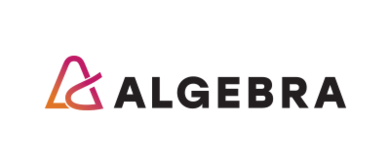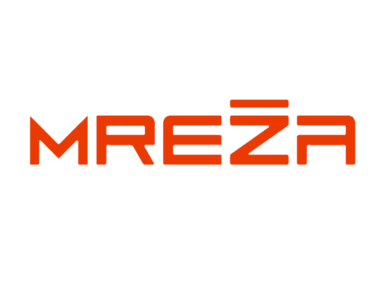Installing Legacy iAS on Windows Server 2016/19
Track
Best Practicies & Success Stories
Date and time
-
Room
-
Duration
45'
There still exist many older, but quite useful Oracle Forms and Reports applications written with developer tools of generations 6, 9 and 10. Migration to newer versions is not a complex, but also not a trivial task, because conversion scripts often require the intervention of developers. This complicates matters when migrating large applications, a large number of applications and in the absence of the original developers. Such older applications are running on popular, but legacy Oracle iAS 1.0.2 for Forms and Reports 6/6i, iAS 9g (10g Rel. 1) for Forms and Reports 9g and iAS 10g (10g Rel. 2) for Forms and Reports 10g. These iASs were initially intended for installation on Windows (Advanced) 2000 Server and Windows Server 2003 operating systems that are abandoned due to lack of support, lack of security patches and consequential security risks and insufficient performance. The newer Windows server operating systems are more sophisticated, have higher limits for working memory, support more processors and processor cores, provide better processor load balancing and handling of memory leaks problems. However, these operating systems are not compatible with the original legacy Oracle iAS installation packages. Solution for installing legacy Oracle iAS 1.0.2 as well as iAS 9g (10g Rel. 1) and iAS 10g (10g Rel. 2) Standalone Release (Forms and Reports only, no overhead of complete iAS) on Windows Server 2016 operating system is described (Windows 10 kernel, same as in Windows 2019).
Lecture details
About speaker
The Best Sponsor
Educational Sponsor
Media Sponsor
HrOUG.hr
The conference is organized by the Croatian Association of Oracle users. More about the association can be found at Hroug.hr.




